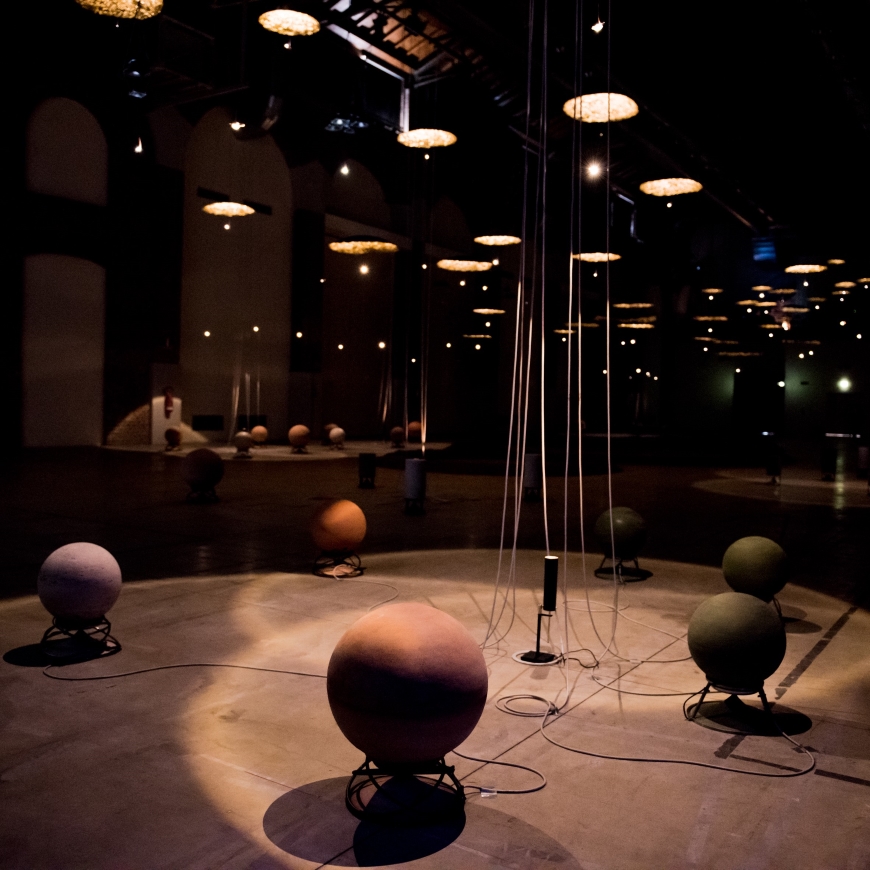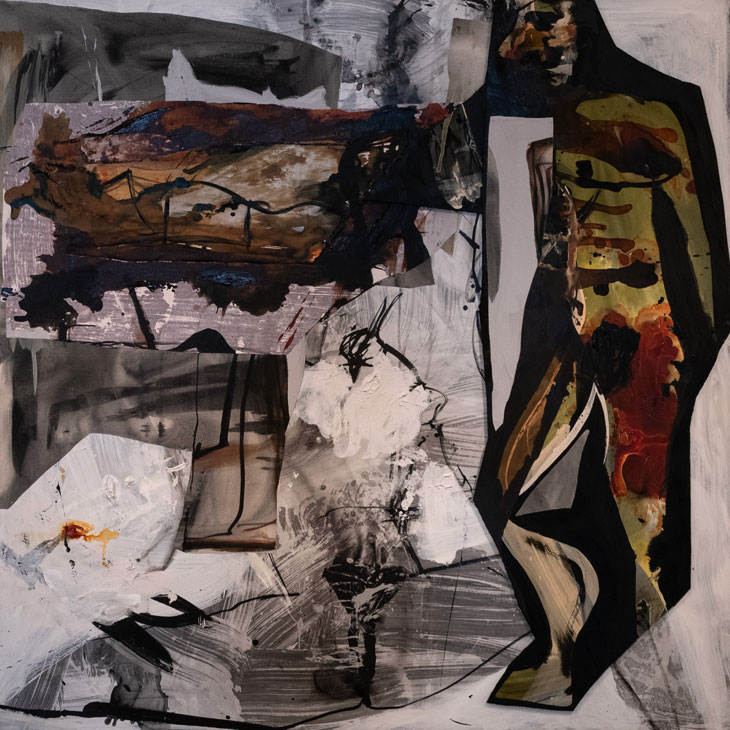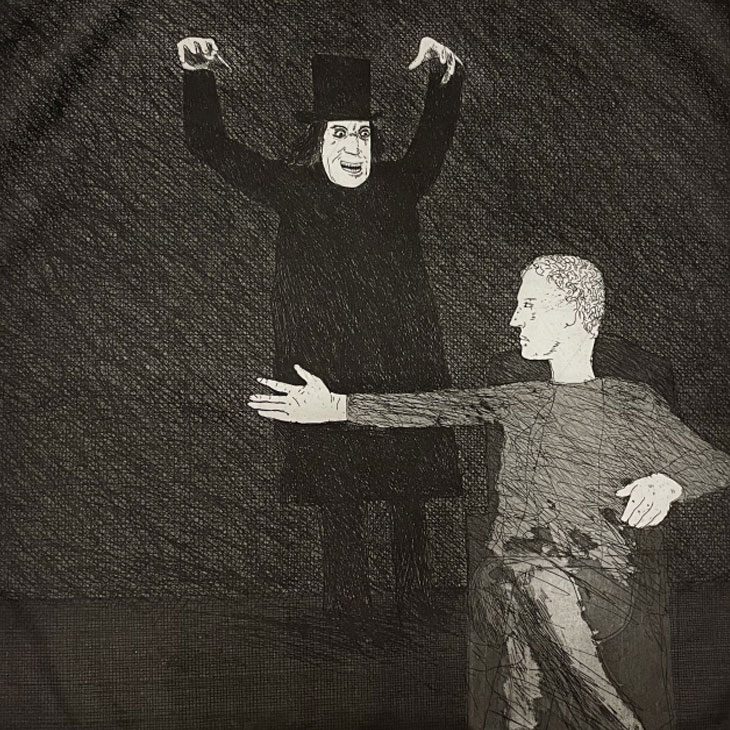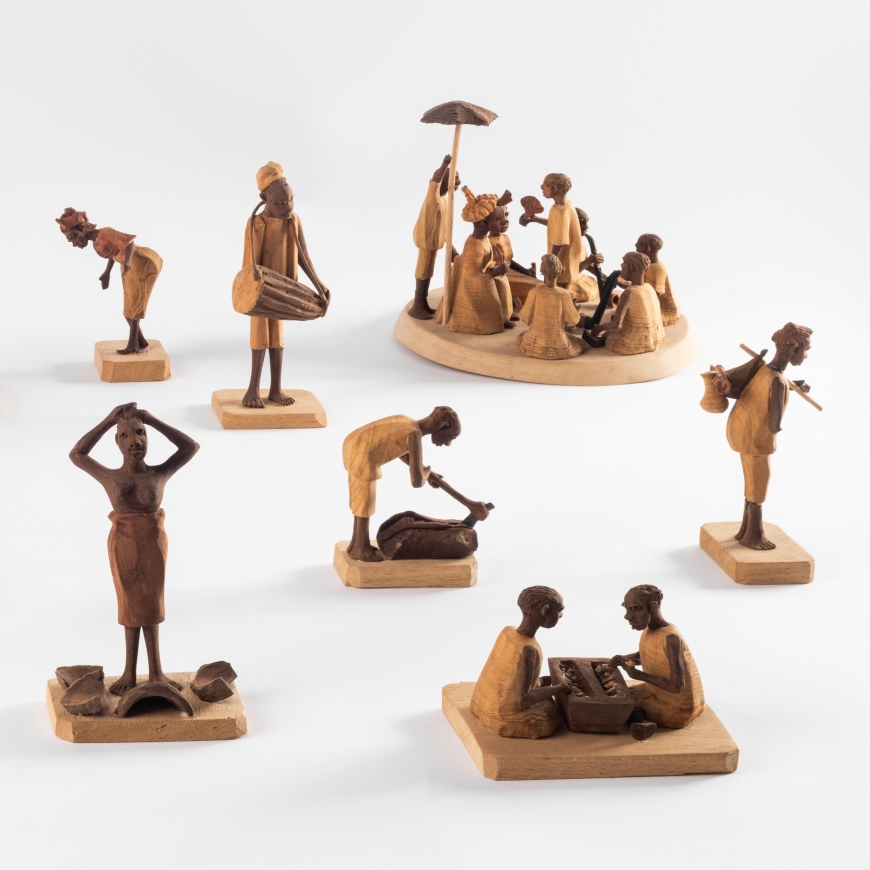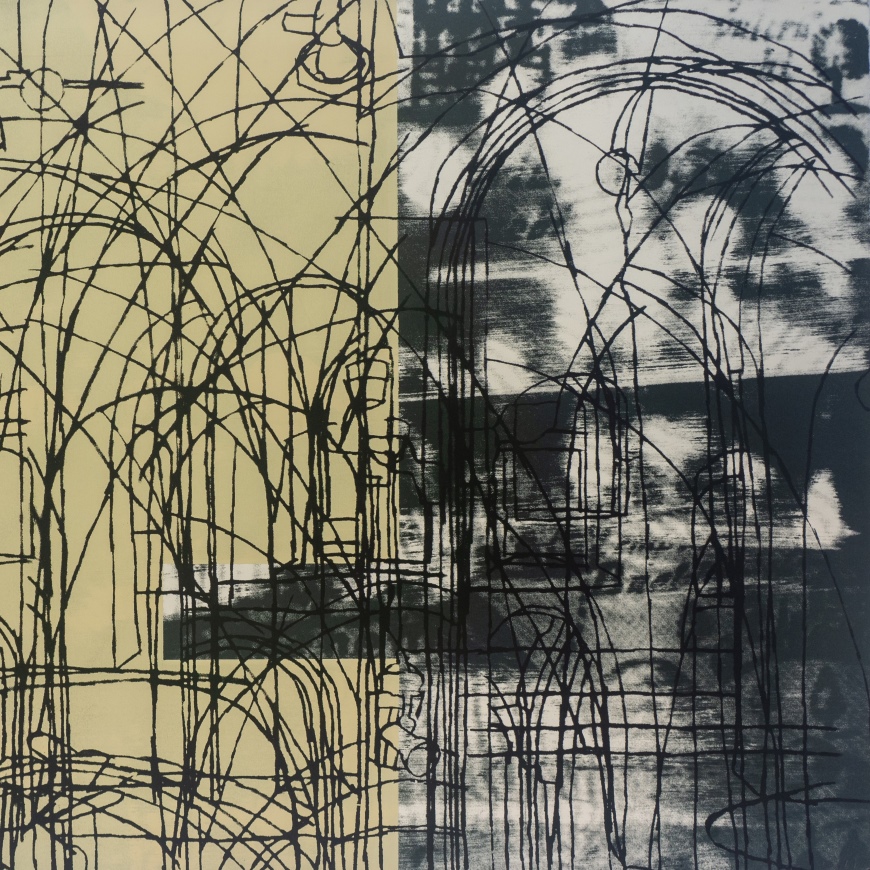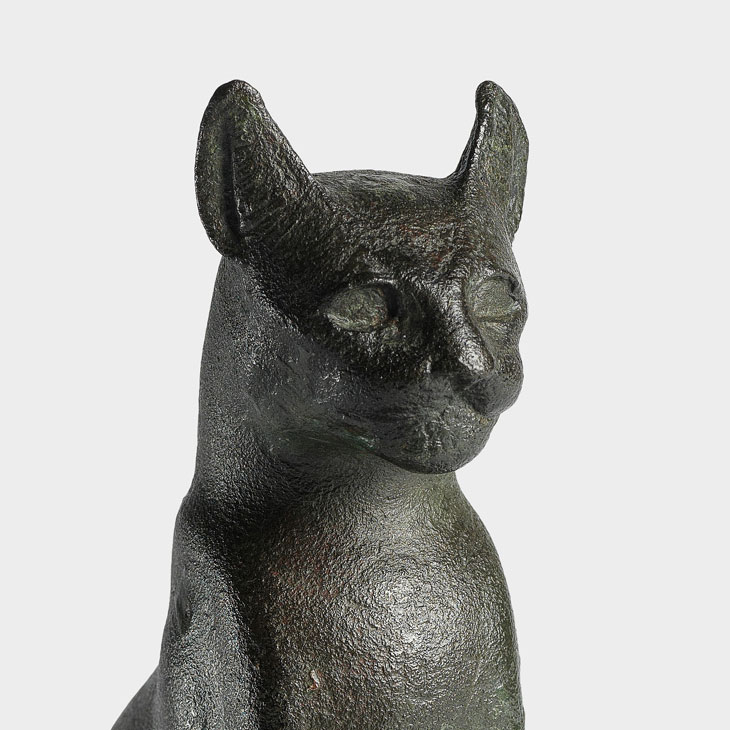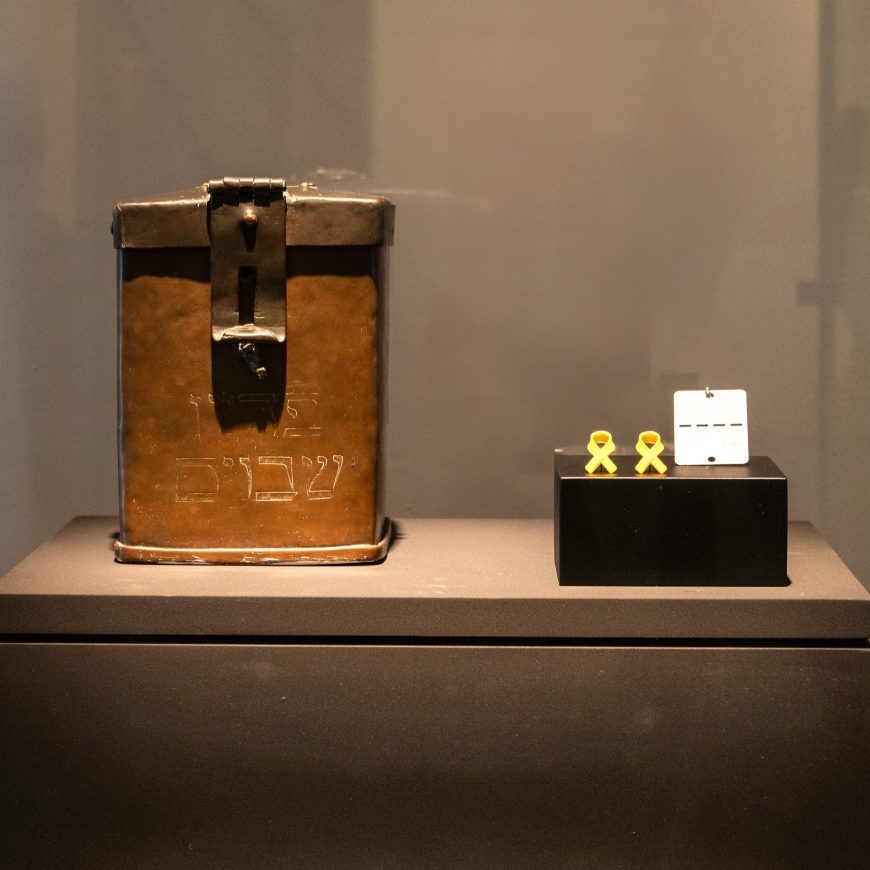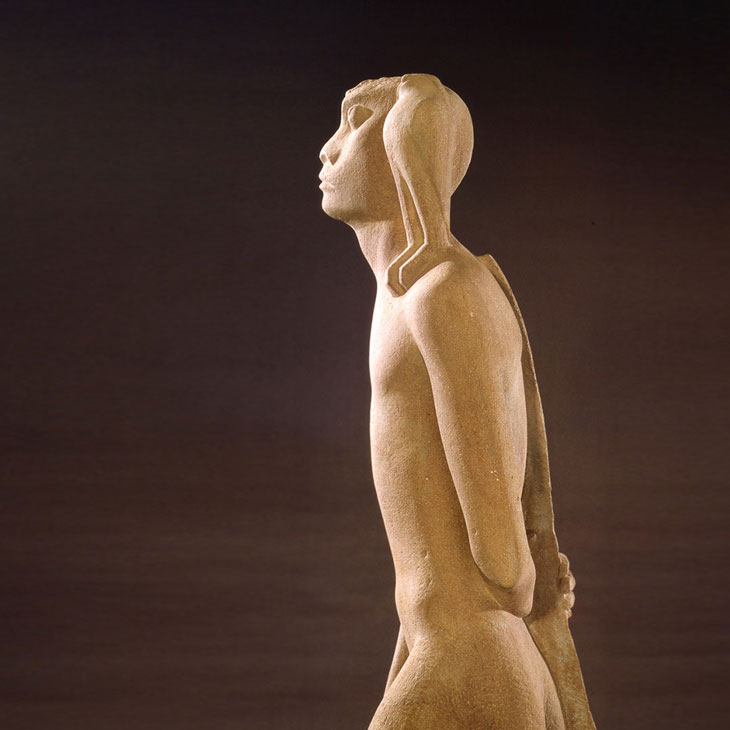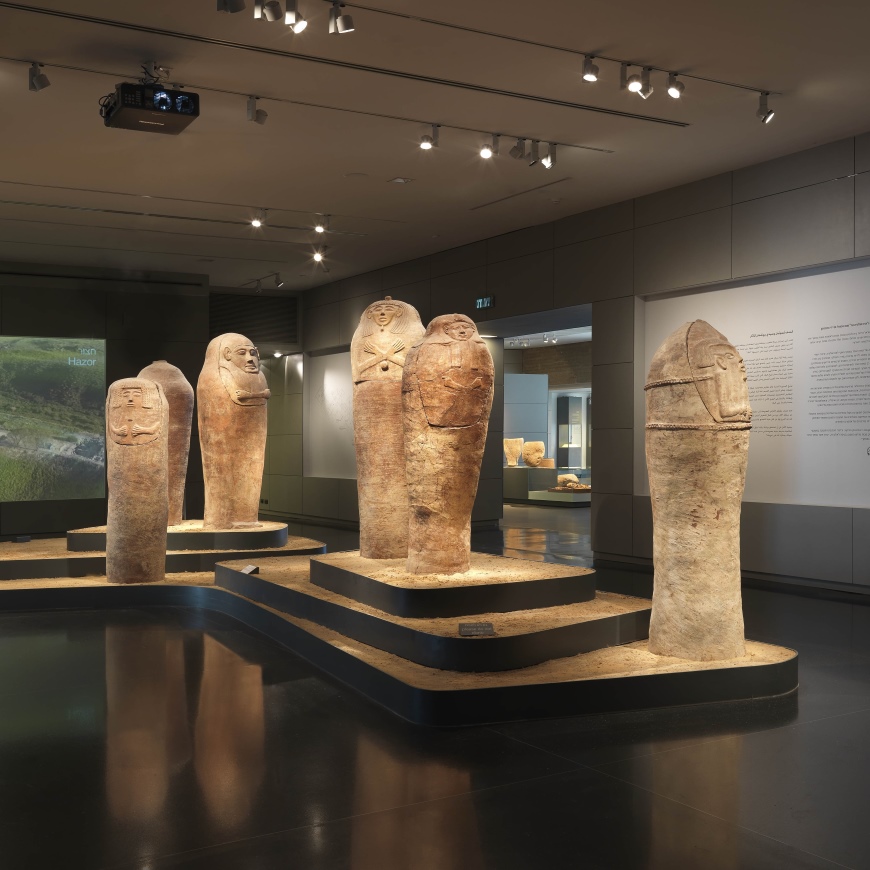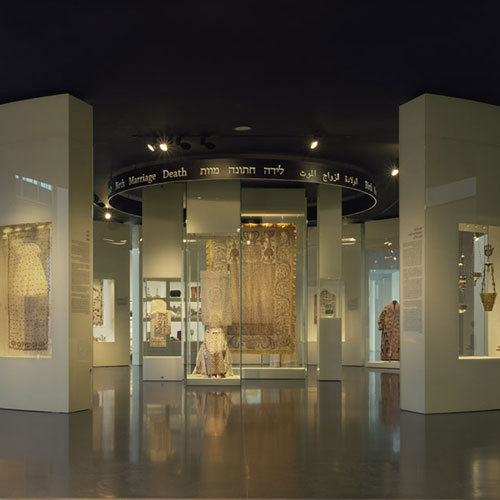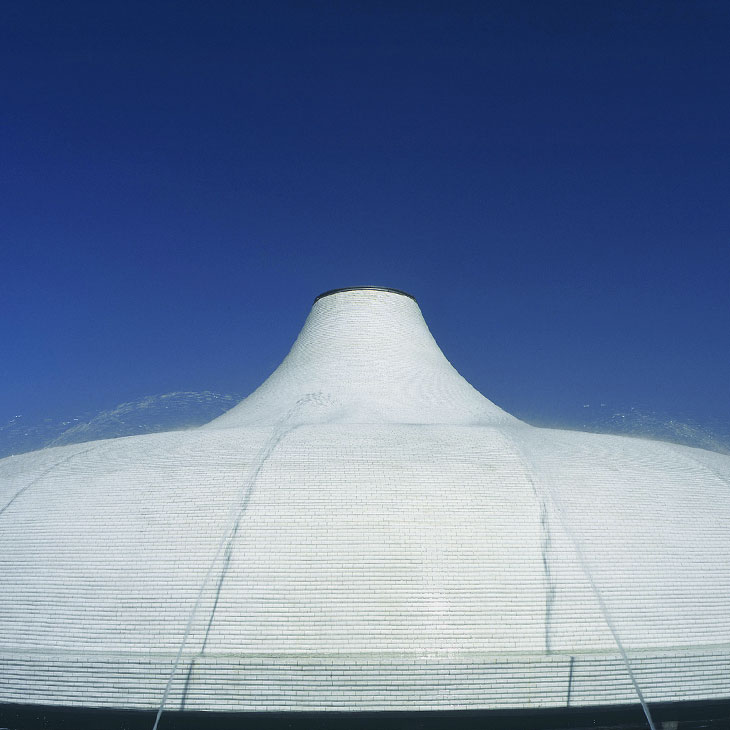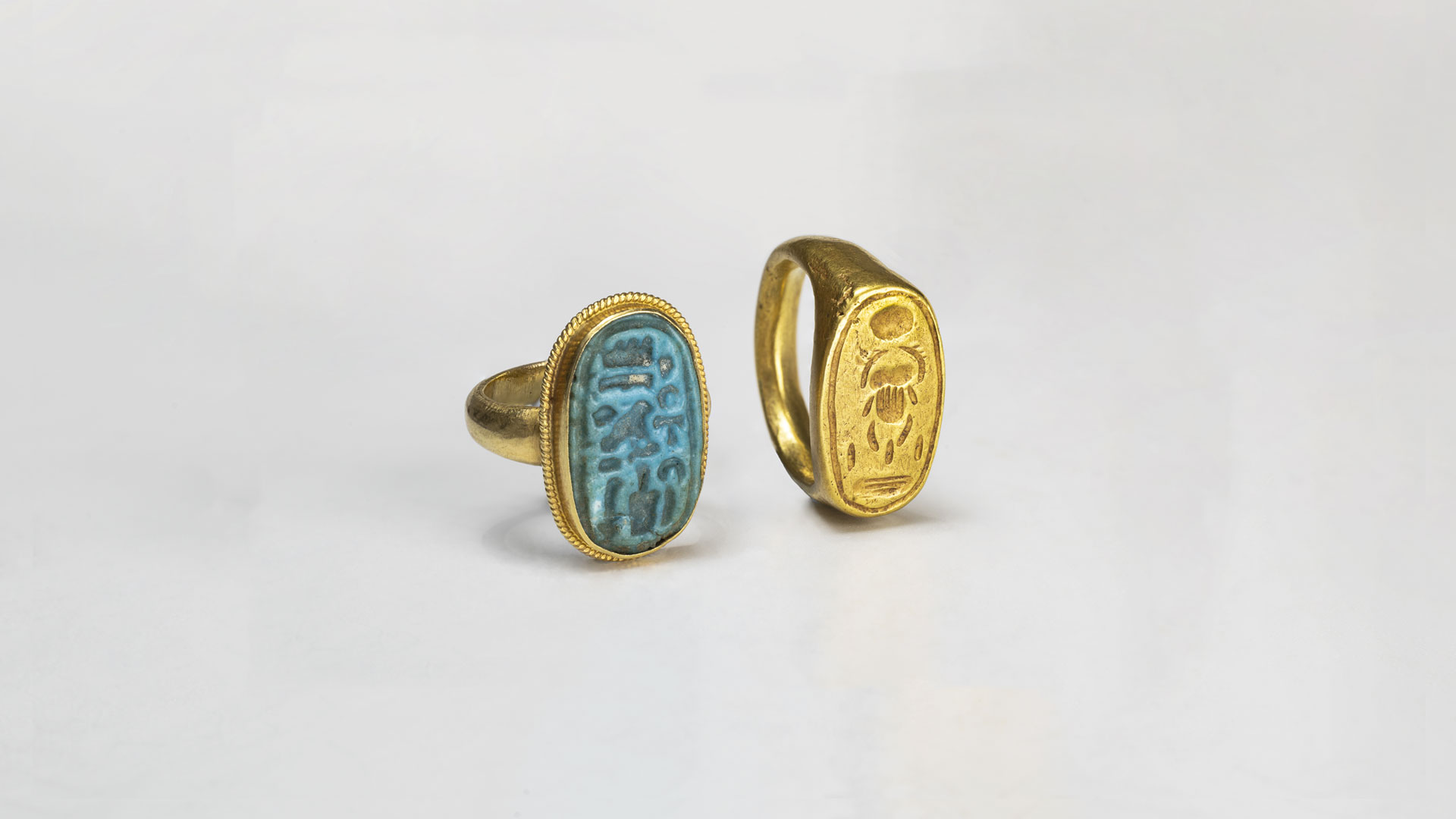
100 Years since the Discovery of Pharaoh Tutankhamun’s Tomb
Special display
-
November 3 2022 - November 1 2023
Curator: Nir Or Lev
Designer: Netanel Dahan
-
Bronze Age Gallery, Archaeology Wing
In honor of the 100th anniversary of the discovery of the tomb of the Egyptian pharaoh Tutankhamun, two finger rings bearing his name are on exhibit in the Archaeology Wing. One ring features the name Tut-ankh-Amun-heqa-Iunu-shemai (The-living-image-of-Amun-ruler-of-southern-Heliopolis), which the king received at birth. The other is inscribed Neb-kheperu-Re (Lord-of-the-forms-of-Re), the name he took at his accession.
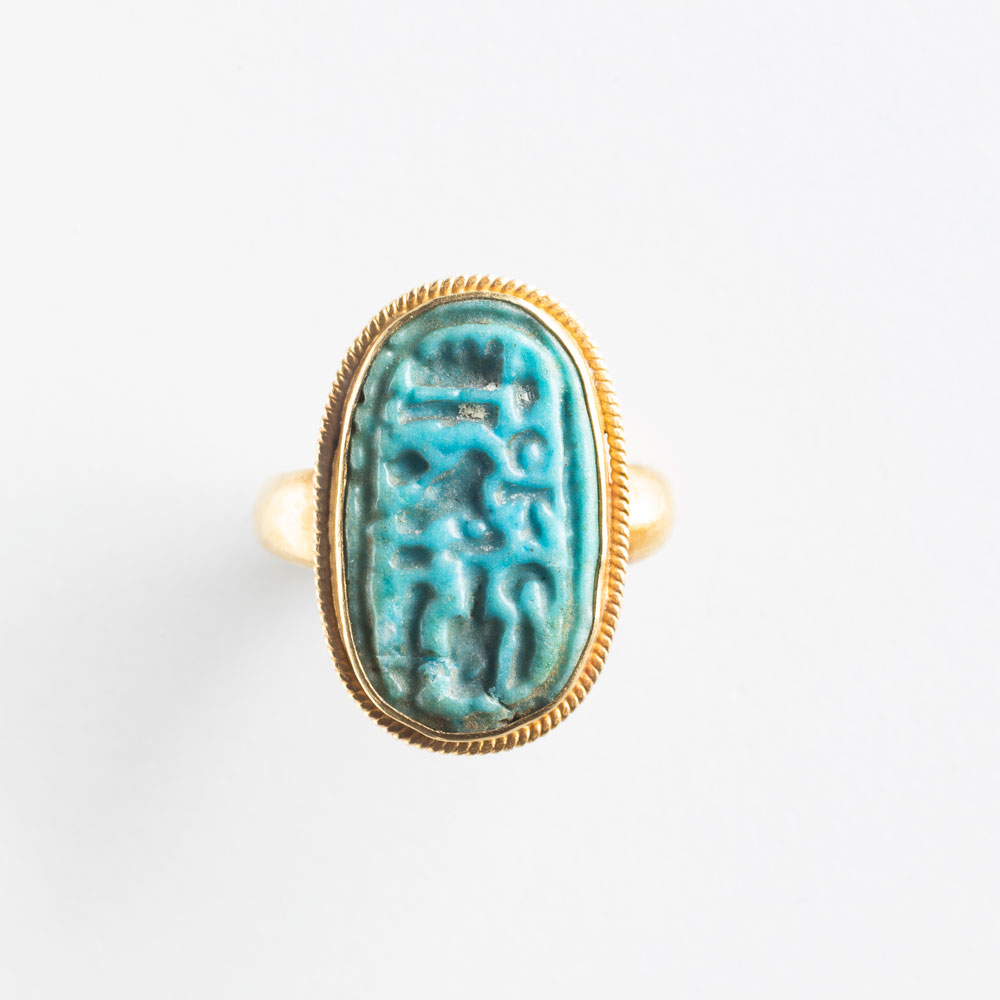
Signet ring bezel bearing the birth name of Tutankhamun in a modern gold setting
14th century BCE, faience
The Harry Stern Collection, bequeathed by Dr. Kurt Stern, London, in memory of his
parents and his brother, who perished at Sobibor
IMJ 76.15.3311
Photo © The Israel Museum, Jerusalem/ Ofrit Rosenberg
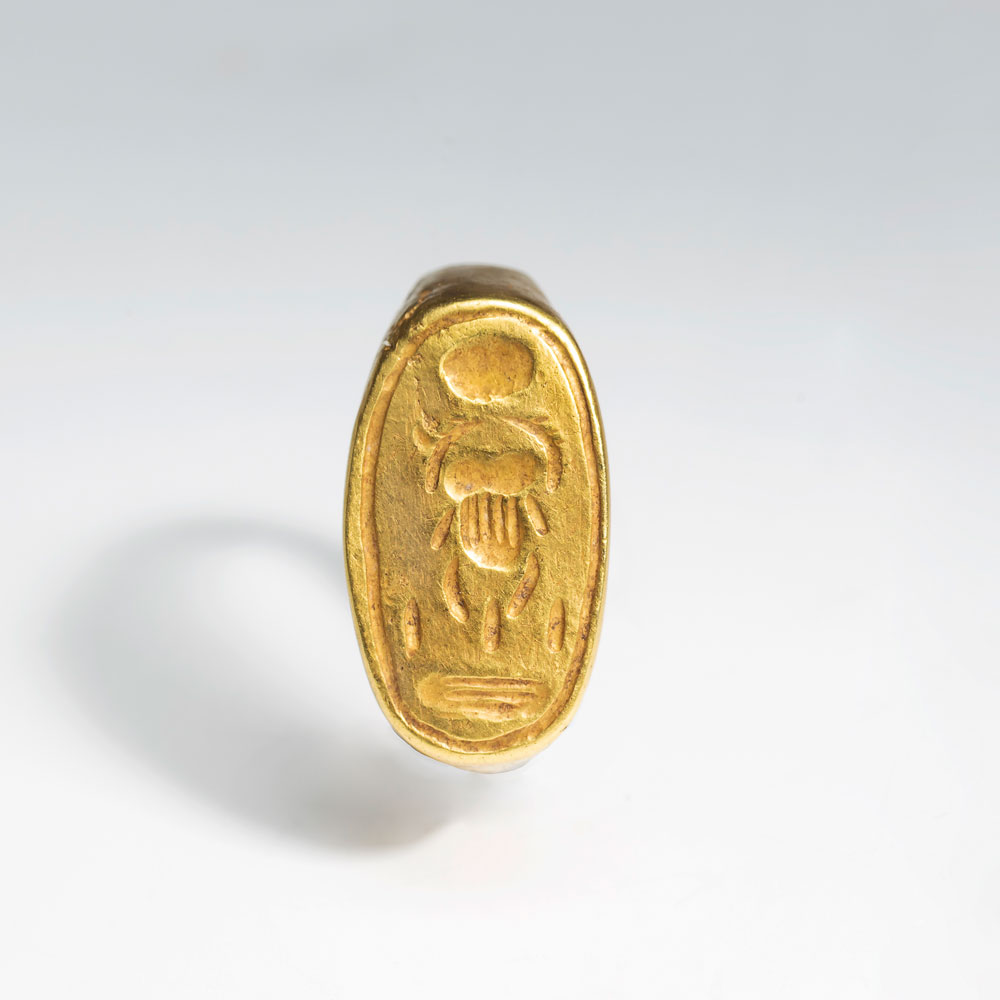
Finger ring bearing the throne name of Tutankhamun
Tell el-Ajjul, 14th century BCE, gold
IAA 1933-1708
Photo © The Israel Museum, Jerusalem/ Ofrit Rosenberg
Tutankhamun’s reign began around 1332 BCE, while he was still a child. He was crowned a few years after the death of his father, Akhenaten, who had revolutionized Egyptian religion by cancelling the cults of the gods and goddesses, demoting the chief god Amun, and establishing Aten – the sun disk – as the sole god of Egypt. During his ten-year reign, Tutankhamun brought back the cults of the traditional gods and goddesses and restored the city of Thebes, whose patron god was Amun, to its prior status of capital. Scenes from the tomb of Horemheb, commander of the Egyptian army under Tutankhamun, who would eventually become the last king of the 18th Dynasty, allude to the possibility that a military expedition to Canaan was conducted during Tutankhamun’s reign, but there is no other evidence to support this.
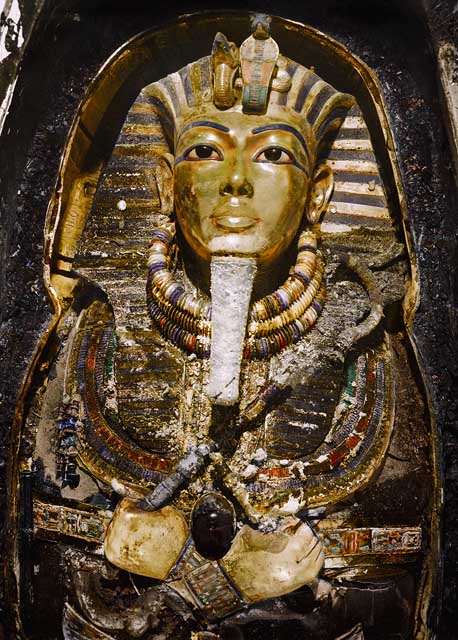
Tutankhamun’s gold burial mask upon discovery
© Griffith Institute, University of Oxford (colourised by Dynamichrome)
http://www.griffith.ox.ac.uk/discoveringTut/burton5/images/p0744_colour.jpg
Studies conducted on Tutankhamun’s mummified remains indicate that he suffered from scoliosis (curvature of the spine) and disturbances in the supply of blood to his bones. He had a clubfoot (left) and probably needed to walk with a cane. The king also had various infections and at some stage contracted malaria. The precise cause of his death at the early age of 18 or 19 in 1323 BCE is unknown. Some scholars attribute this to a fall from his chariot, while others claim it was due to malaria.
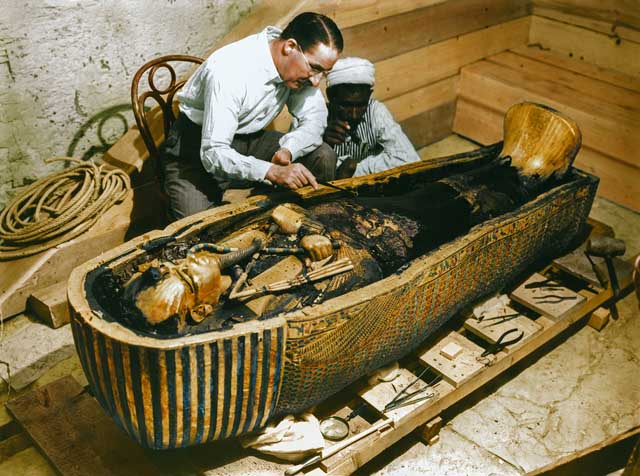
Howard Carter examining Tutankhamun’s coffin
© Griffith Institute, University of Oxford (colourised by Dynamichrome)
http://www.griffith.ox.ac.uk/discoveringTut/burton5/images/p0770_colour.jpg
Over the years, Tutankhamun – a rather marginal king in Egyptian history – has become one of the best-known Egyptian pharaohs, thanks mainly to his tomb, which was discovered on November 4, 1922 in the Valley of the Kings by British archaeologist Howard Carter after years of searching. The only royal tomb in the Valley of the Kings that was not entirely plundered prior to excavation, it aroused much curiosity and sparked an ever-growing interest in Egypt and its antiquities. Some five thousand artifacts, many of these made of or covered with gold, were found within the walls of the tomb, which had apparently been hastily built owing to the sudden death of the king. Rumors of a curse on the tomb have further contributed to Tutankhamun’s fame.
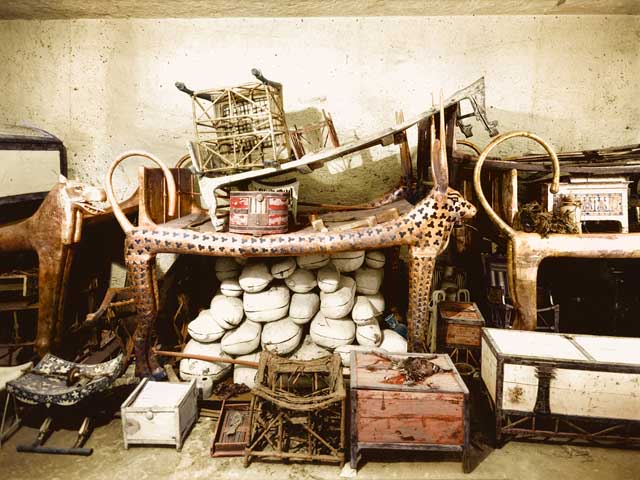
Assorted finds from the tomb upon discovery
© Griffith Institute, University of Oxford (colourised by Dynamichrome)
http://www.griffith.ox.ac.uk/discoveringTut/burton5/images/p0009_colour.jpg
- May 01
- May 01
- Apr 26May 02May 03May 09May 10May 16May 17May 23May 24May 30May 31
- May 03May 10May 17May 24May 31
- Apr 21Apr 24Apr 28May 05May 08May 12May 15May 19May 22May 26May 29
- Apr 21Apr 28May 05May 12May 19May 26
- Apr 21Apr 24Apr 28May 05May 08May 12May 15May 19May 22May 26May 29
- Apr 22May 06
- May 06May 27
- May 06
- May 06
- May 06Jun 10
- May 08May 15May 15May 22May 29
- May 08May 15May 22May 29
- May 08May 15May 22May 29
- May 08
- Apr 24May 08May 15May 22May 29



